Magnus 2.4-16x56 with dual Target Turrets. P/N 54004.
There is very little information on-line on this model. Sporting Shooter and NZ Guns & Hunting recently chose to review the 1.5-10x42 as it would have broader appeal.
Test Report: Leica Magnus Riflescope
New Leica Magnus 1.5-10x42
I’d been looking for more detail around suitability for use on an intermediate-longrange rig and recently came into possession of one. This is not meant to be a well-rounded review, I’ll post on just specifics, detail that probably will not be of interest unless this scope is on your shortlist for purchase…. when this may be just the information you are after.
Leica have until very recently issued only a single data sheet for the Magnus range though I see more information has been put up in the past day or so. So to start with the main specifications cut from it are:
Field of view at max. magnification: 2.6 m
Field of view at min. magnification: 17 m
Eye relief: 90 mm
Exit pupil: 12.4 – 3.5 mm
Parallax: adjustable, 50 m – ∞
Transmission: approximately 91 %
Impact point correction: 0.1 mil-radian increments
Length: 360 mm
Weight: 785 g
Waterproof: 4 m nitrogen-filled
Available reticles: Plex, Ballistic, 4a
Reticle illumination/type: dot
Automatic switch-off: 3 min, more than 60 degree angle
Automatic switch-on: yes, activated by position and or movement
The Leica scope housings are aluminium with a proprietary low sheen black coating. Time will tell how hard-wearing this one is. My old ER seemed robust enough.
External dimensions. 30mm tube. The 2.4-16x56 was a bit restrictive when it came to mounting position being on the stubby side. On the other hand the ER & ERi are great in this regard so this turned out to be a bit of a nuisance as for me the fore/aft position will be pretty much fixed by the ring spacing on the rifle. Not an issue if you have a rail mount but something to be aware of. Below, my measurements, good to the nearest mm. The rear lens housing measurement and overall length is set by the diopter setting with rotation moving the ocular lens in and out in the usual way. 97mm was where I had it set. I would find it too bulky for the bush or as a dual-role scope even with the weight not in the S&B or Nightforce category, size-wise fine for what I have in mind though.
Next up, a big cop-out; I’m not remotely qualified to make a comparative judgement on the quality of the optics. As Leica have come into the scope business from the position of optical specialists, with their other stuff being pretty damned good, and given the price-point of their offerings, I’ll go with the generally held view that all the Leica scopes are optically top tier. The Magnus range look to be intended to compete directly with Swarovski Z6i. They have a similar lens layout to get the 6-7x zoom range.
UK - Swarovski-Optik v. Leica - EPLAW Patent Blog
For me the image quality met expectations. As Kiwi Greg commented when he looked at a number of top end scopes,
www.nzhuntingandshooting.co.nz/f15/high-end-scope-comparison-6794/
it would probably be features rather than the glass that determines suitability for a given application, which leads on to…
Eye Box. Difficult to say with any certainty as I’ve not had it mounted on a rifle yet – high rings for this are on their way from Talley as I write. The optimum eye relief moves from 110mm at 2.4x to the specified 90mm at 16x. I’m not so concerned about this dimension of the eye box though. As with other scopes I’ve used my main gripe is how quickly visible chromatic aberrations (colour fringing) kicked in with lateral movement off the optical axis - easily seen along high-contrast intersections. This occurs for a fraction of the movement that would begin to close off the image, and this scope seemed no different, from my understanding not helped by the large objective in a compact package. Still this is an off-axis effect only.
Tunneling is just noticeable at 2.4x but is gone once the zoom is moved off the end stop.
The exit pupil was confirmed as specified at approximately 12.5mm at the bottom end, half what the traditional formula predicts (though a 23mm exit pupil is pointless). It changes continuously in size throughout the zoom range rather than hitting a hard limit at 4.5x as I thought it might.
Parallax/focus adjustment. This model is now the only remaining Leica with a focus adjustment. The ER 3.5-14x42 had one but the current ERi do not. All other Leica riflescopes are fixed focus then, and unfortunately for longrange use set parallax-free at 100 metres rather than 300 metres.
The 2.4-16x56 has a conventional side focus (SF) with four distances marked on the dial; 50m, 100m, 300m and infinity. The dial is 30mm in diameter, 12mm deep, and has a textured rubber surface of a similar style as the magnification ring.
Within the limitations of my eyesight best focus at a given distance was found to coincide with minimized parallax as it should. With the dial set to 50 metres parallax was removed at 70m, 100m on the dial removed parallax at 120m, 300m was on calibration, infinity on the dial removed parallax at approximately 600 metres. Beyond 600 metres and under 70 metres parallax cannot be removed or focus optimized. It would not focus stars well for example.
Zoom adjustment ring: textured rubber with a molded cam, very stiff to rotate, too stiff in my view. Hopefully it eases up through usage. The power settings are nicely spread out though, around 220 degrees of rotation, logarithmic but not all cramped into one end as on some scopes.
Reticle: The reticle is in the second focal plane. The scope had a plain Plex. I will be using the reticle only for aiming, not for ranging or holdover, dialing for wind when I have to, so both of these suit me.
Leica’s “ballistic” reticle option has some gradations marked in the lower leg only, nothing for wind. Just as I post this Leica have been adding a whole lot more information on the Magnus to their site.
Leica Magnus // Riflescopes // Sport Optics - Leica Camera AG
I’m guessing that the absence of a full NPR-style reticle option and being SFP will be enough to remove this scope from contention for longrange use for some.
My measurements on the subtensions of the reticle at 16x magnification below:
Illumination of the reticle is not really my thing and something at this point in time I’d be happy to dispense with. However it seemed to work much as expected, illuminating the center dot orange. I thought the daylight settings were bright enough – this seems to be a common complaint.
Elevation and Windage Turrets, mechanical:
Dual turrets as an option are now restricted to the two larger Magnus scope, ERi having an elevation-only option. The turrets look to be the same as on the ERi. The Claw put up some pics in one of his thread recently:
www.nzhuntingandshooting.co.nz/f15/lightweight-metric-dialable-scope-options-10563/index3.html
The dials are 31mm in diameter, 4.5mm deep with machined serrations for grip. The lower locking rings are 34.5mm in diameter, 6mm deep with a similar machined grip pattern. The total assembly depth is 18mm, that in combination with the expanded control housing extends the controls 23mm out from a 30mm tube reference line. The dials can be loosened on the spindles and removed via a pair of bespoke M4 set screws positioned 120 degrees apart. These take a 2mm Allen key. The spindles to which the dials secure are now steel (an improvements over the more easily deformed brass spindle and M2.5 set screws in the original ER range).
The turrets themselves are single turn and as such the elevation dial has a “zero-stop” built in. The marked gradations and detents are in 0.1mil-radian increments. These begin at zero rather than –2moa as they did on the discontinued Leica ER series. The dial allowed 9.3mrad of up elevation to when it hits the back of the zero stop pin at something approximating 335 degrees of rotation. The windage dial is marked for +/-4.5mrad. The scope here had some asymmetry allowing 5.0 mrad (off-scale) of left windage and 4.3mrad of right windage before it stopped out.
From what I can see the detent mechanisms for the dials are internal to the turrets – hidden from view. This seems a good move, keeping them out of harms way from the elements. The toothed ring (visible in the photo with the dial removed) on the inside of the turret and the matching teeth machined into the underside of the dial are part of the dial locking mechanism. Rotation of the locking ring by 90 degrees cams the teeth upwards into engagement with the set on the dial. Clearly the teeth need to be accurately spaced to match the gradations on the dial and the sets also aligned with the detents to avoid the dials being moved slightly out of position when applying lock.
The reference dots against which the dial scales are aligned are printed on the rotating locking rings above the locked & unlocked symbols. The locking rings have their own detents at each end as a means of returning these reference marks to their correct positions. I found these detents to be a bit wide and mushy. On occasion it was necessary to take the dials back to their end stops to confirm calibration of the reference dots before winding elevation or windage back on.
The total available internal elevation adjustment was checked and found to be 18.7mrad, and the total windage adjustment was 18.8mrad.
Given that on either axis the available internal range is less than two turns of the respective dials I was interested to see how close the adjustments were to mid-position
as shipped. To check this the reticle was first centred at the physical axis of the scope by rotating the scope within its 30mm diameter test jig mounting slots and adjusting for no visible movement of the crosshairs against a target (an offset results in the crosshair center tracing a circle of radius proportional to the size of the offset).
From aligned-physical-and-optical-axis to maximum internal elevation =10.3mrad, and to minimum internal elevation =8.4mrad, to maximum internal right windage =10.0mrad, to maximum left internal windage =8.8mrad. A canted base might be required in some set-ups to prevent reaching the internal elevation limit inside the range of the dial.
The windage dial markings track exactly with the internal detents inasmuch as once the reference dot on the locking ring is aligned with the printed dial scale, each and every position allowed by the detents has the appropriate dial marking perfectly aligned with the dot. This was not the case with the elevation turret. Having set the dial back to the zero stop and aligned the reference dot with the zero elevation mark, the detent mechanism had the gradations correctly aligned up to maybe 2.5mrad of wound on elevation from where they drifted off by a half-gradation. A half-gradation error is going to be problematic in the field as at a glance (without counting clicks) the dial could be set one of two elevations, being 0.1mrad apart.
The locking mechanisms worked. The mechanism on the elevation dial needs tweaking on the review scope as the teeth still have very slight contact in the fully unlocked position that can be heard when dialing - particularly if slight downward pressure is applied.
I liked the tactile aspects of the windage turret, almost perfect for my tastes – a combination of crisp, distinct detents, yet not too stiff to turn. The elevation turret was slightly mushier, and in combination with the mis-calibrated detents and the locking ring making unwanted contact it will need to be looked at.
Turret accuracy. The accuracy of the turrets was checked at 100 metres against a rod marked in 1.0mrad (100mm) increments as described here:
www.nzhuntingandshooting.co.nz/f32/finally-go-my-lr-come-ups-13234/index3.html
Visual precision was +/- 0.05mrad ( 5mm).
Backlash in both was roughly 0.05mrad or half a click across the full operating range. All settings were repeatable within the measurement limitations.
Windage ran at 95%, consistent across the range of the dial within the measurement precision. Elevation error also averaged 95% but was non-linear. A re-adjustment of the erector assembly could presumably correct for the linear error. The additional elevation offsets may be caused by the detent issue mentioned earlier.
Overall conclusion. The scope has the feature set I’m after and will do the job well once the parallax and elevation turret issues are corrected, and with Lacklands as the agents there shouldn’t be any problem with that – another plus to consider. If there is anything else anyone is particularly interested in, let me know, and I’ll try and get the information and post it.
Welcome guest, is this your first visit? Create Account now to join.
Welcome to the NZ Hunting and Shooting Forums.
Search Forums
User Tag List
+ Reply to Thread
Results 1 to 10 of 10
Thread: Leica's Big Riflescope
-
28-04-2014, 02:49 PM #1
Leica's Big Riflescope
Last edited by Puffin; 28-04-2014 at 03:16 PM.
-
-
28-04-2014, 11:26 PM #2
A very in depth review Puffin, What sort of $$$ value ?
Shoot it, root it & then BBQ it !!!
-
29-04-2014, 12:37 AM #3
-
29-04-2014, 01:34 AM #4
Odd coincidence. After three or more years of just the basic specs on the Magnus range from Leica online, they have put up some more in the past few hours. There is now reticle subtension data at last, but as yet no external dimensions.
If you thought using a plywood test jig and a measuring stick out on the footy paddock to assess windage & elevation accuracy and reticle subtensions was a bit ambitious, here are Leica's new subtension figures for comparison... nothing wrong then with the No.8 approach !
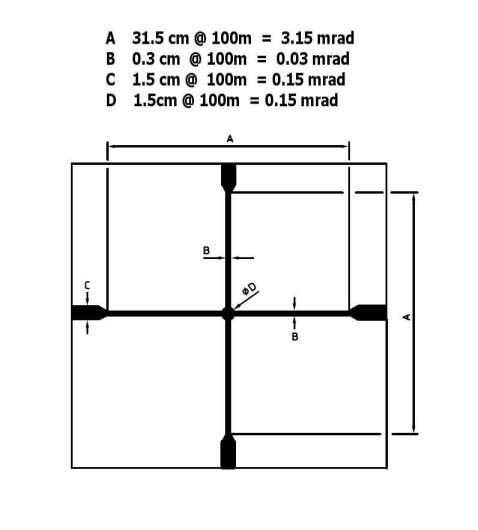
I was recently asked why all the fuss over a 5% error in the windage and elevation. My reply is that it wouldn't be an issue for me in a scope that was not offered with target turrets. That kind of error isn't going to make any difference to conventional zeroing. But if turrets are offered as an option, and even if only a small % of sales ever have them fitted, and yet fewer shooters actually use them, the accuracy requirement in the elevation & windage controls for target or longrange use is there, and those customer's expectations should be met. Below- par dial accuracy wouldn't be acceptable in a scope where dials were fitted on every unit as standard, say a PM-II, NXS, or plenty of others.
What is acceptable? Well I'd be interested to hear others views, but for me and this scope it would be +/- 0.05mrad inasmuch as the POI needs to be closer to the required elevation from a given dial setting than either of the adjacent settings 0.1mrad/1 click on either side. I plan on shooting to just 600 metres, requiring winding on 4 milliradians of up elevation from a 200m zero, so +/-0.05mrad equates to a +/-1% requirement.
-
29-04-2014, 12:09 PM #5Gone But Not Forgotten

- Join Date
- Feb 2014
- Location
- Taupo
- Posts
- 1,887
Interesting and well written review.
The NZ Guns & Hunting review on the Magnus is okay, albeit brief, but contains some misinformation.
-
07-12-2014, 08:22 PM #6
Anyone got one of these yet?
Be interested in how it's going.
Sent from my iPhone using Tapatalk
-
07-12-2014, 09:00 PM #7
I got 1.5-10 Magnus
What would you like to knowHunting is relaxing just like Yoga except I get to kill something.
If it Flies it dies and if it hops it drops.
-
07-12-2014, 09:10 PM #8
-
08-12-2014, 09:21 AM #9
Its mounted on Rem 7400 .308 with Leupold QD mounts. The most obvious thing you notice first up is at 1.5X the angle is very wide and most of the barrel is visible in the lower half of the scope. Having said that in bush hunting the 1.5 X setting is easier to use than open sights. At the top end the 10X is a little under powered for longer range shots. So you need to consider the range of most of your shots before deciding on which Magnus model. I mainly shoot bush and seldom shot over 200m so 1.5-10 suits my needs. The ballistic reticle is well marked and easy to use for determining range and required hold over. Its illuminated function can be set to what ever level is required. The centre dot is the brightest part but the post is also illuminated so the graduations are still clearly visible.
The light gathering of is truly amazing and is most noticeable in early morning or evening. I guess the only downside is that they do look a little chunky in the exit area but you soon forget about that.
Leica customer service is second to none. I purchased a pair of Leica Trinovids in 1995 and they have been used A LOT, earlier this year the focus jammed so I sent them back to Lacklands for repair fully expecting to have to pay several hundred $. They were sent back to Leica factory who completely refurbished them at no charge. What I got back looked like a new pair of binos. I had to check the serial number just to make sure. FREE service on a nearly 20 year old product who else does that.
Admittedly their expensive but I'm sure if you proceed to purchase you will not be disappointed.
DISCLAIMER:- No I don't work for either Leica or LacklandsHunting is relaxing just like Yoga except I get to kill something.
If it Flies it dies and if it hops it drops.
-
30-04-2015, 12:38 AM #10
http://us.leica-camera.com/Sport-Optics/Riflescopes/Leica-ER-5/Range
I see the new ER5s have dropped the illumination of the reticle. Side focus/parallax from the 2-10x model upwards. Stayed with MOA rather than mils though. Got to get hold of one to review somehow.....
Similar Threads
-
Leica ER 3.5-14
By K95 in forum Firearms, Optics and AccessoriesReplies: 4Last Post: 12-01-2014, 10:30 PM
Tags for this Thread
Welcome to NZ Hunting and Shooting Forums! We see you're new here, or arn't logged in. Create an account, and Login for full access including our FREE BUY and SELL section Register NOW!!





 4Likes
4Likes LinkBack URL
LinkBack URL About LinkBacks
About LinkBacks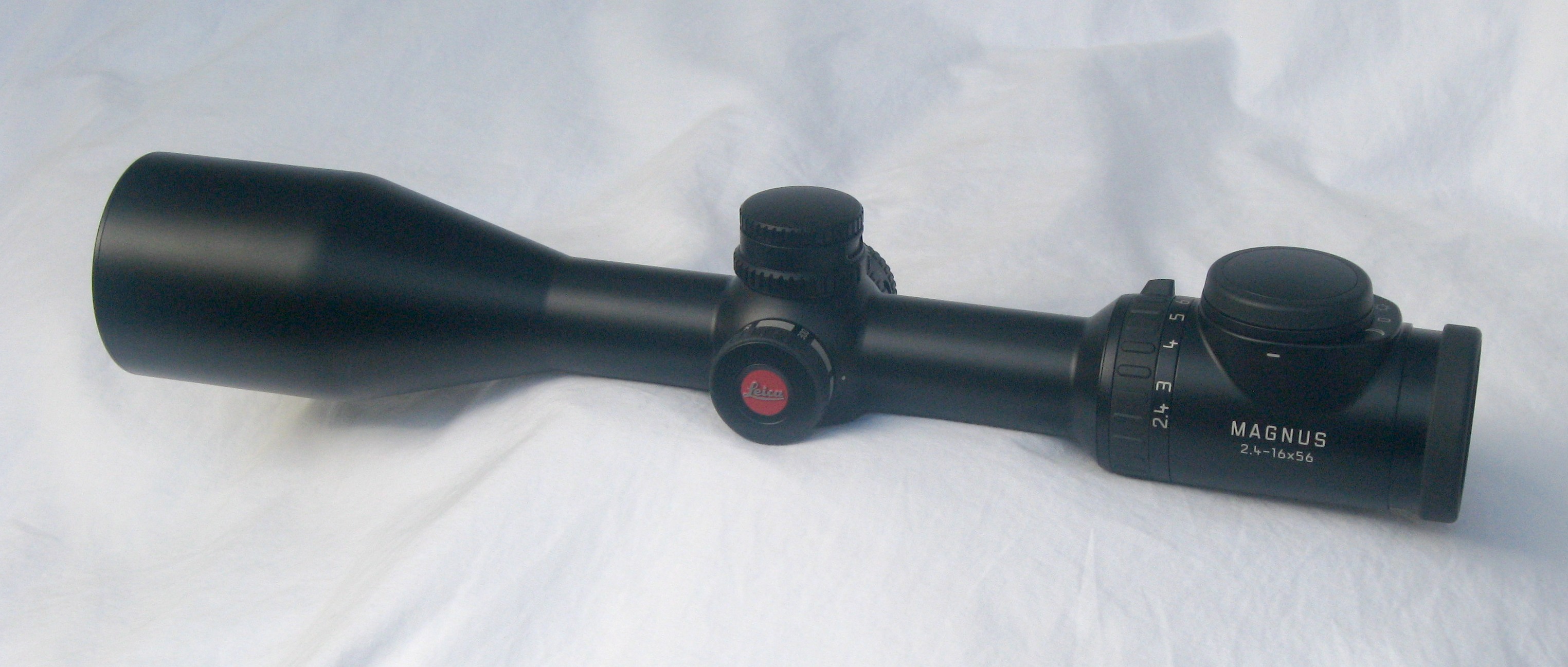

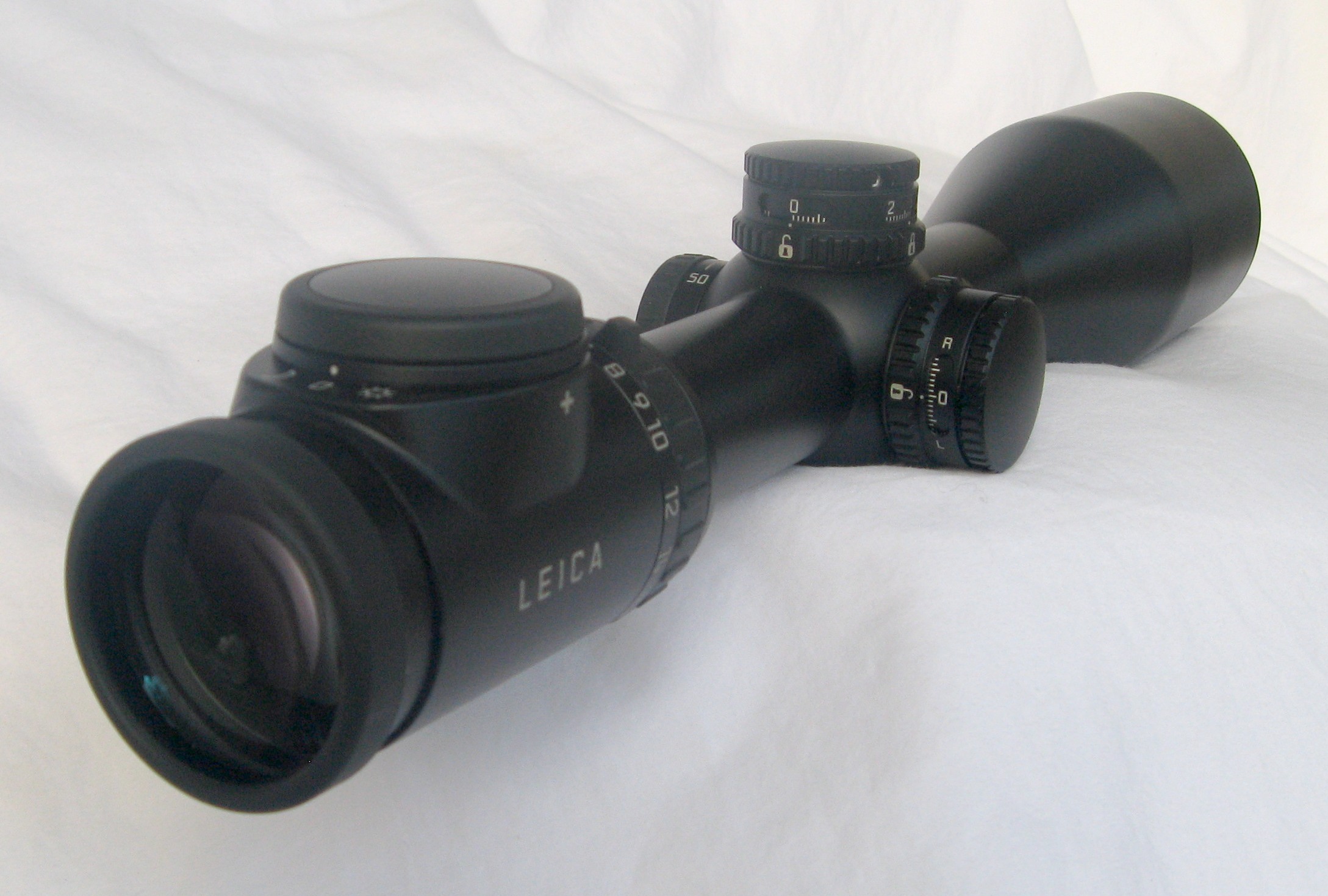
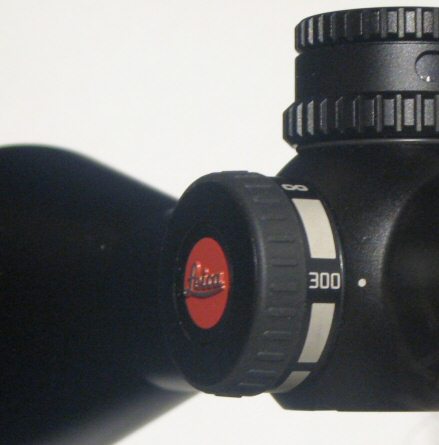
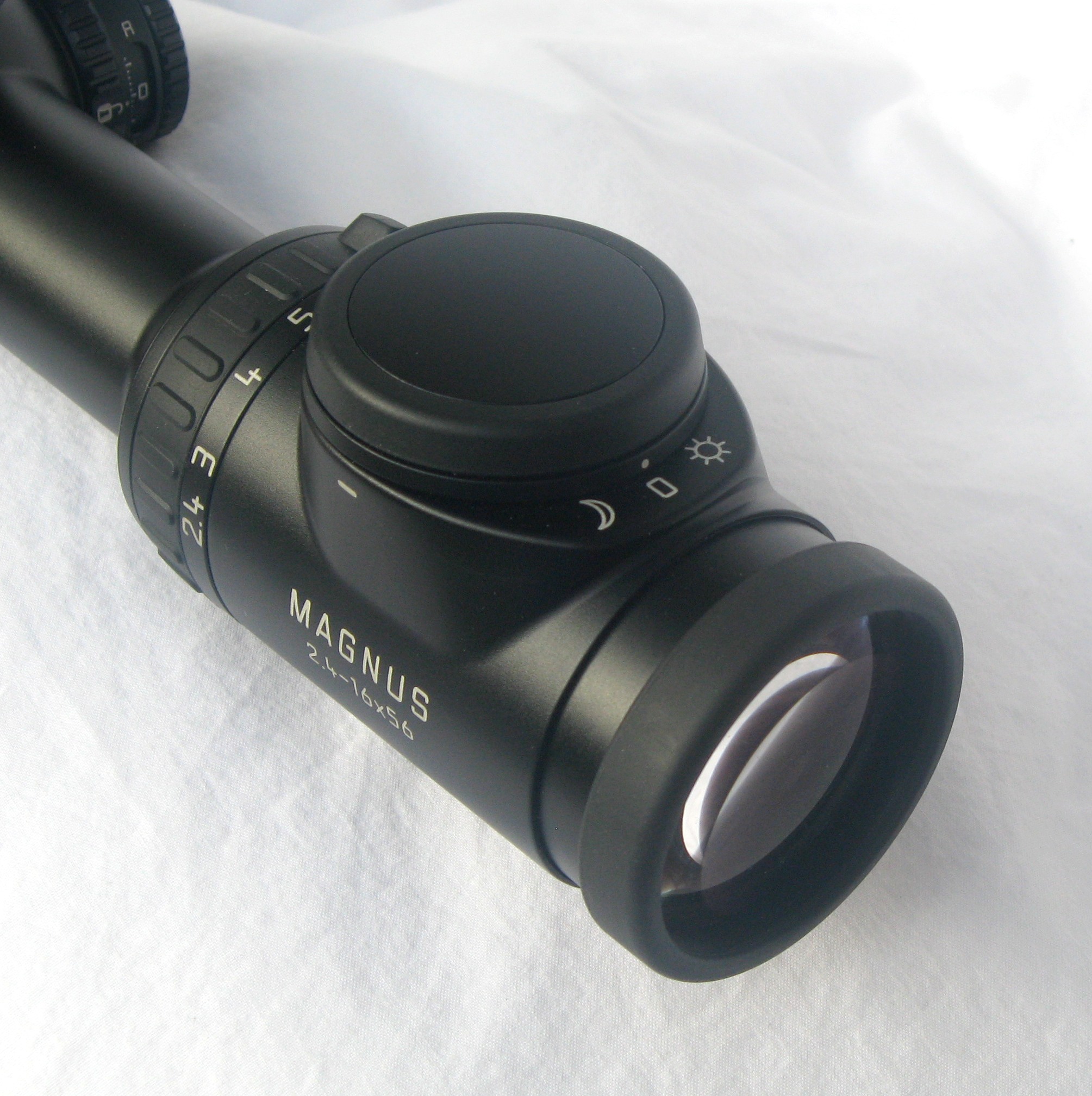
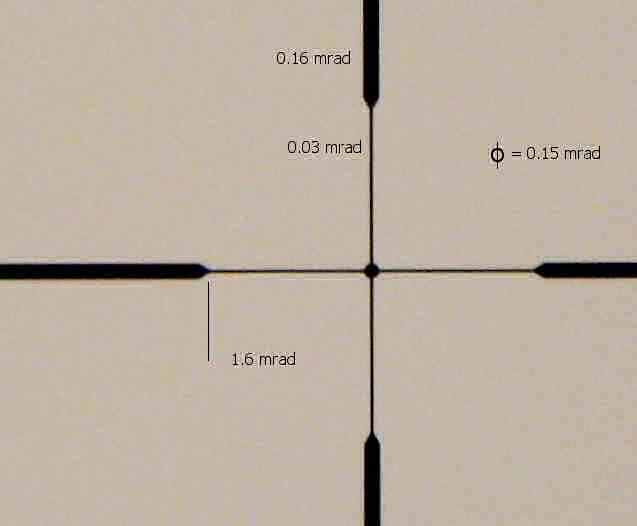
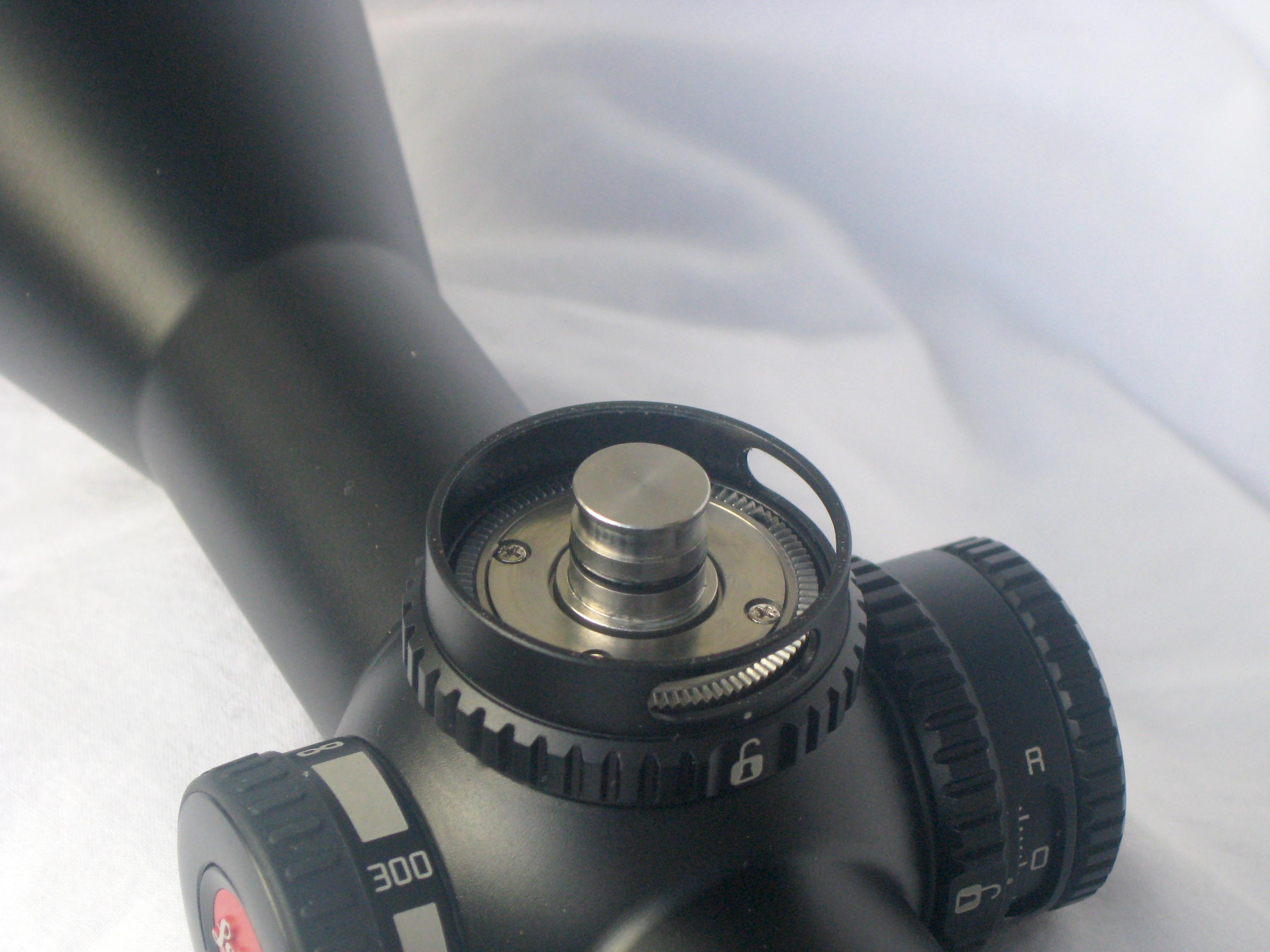
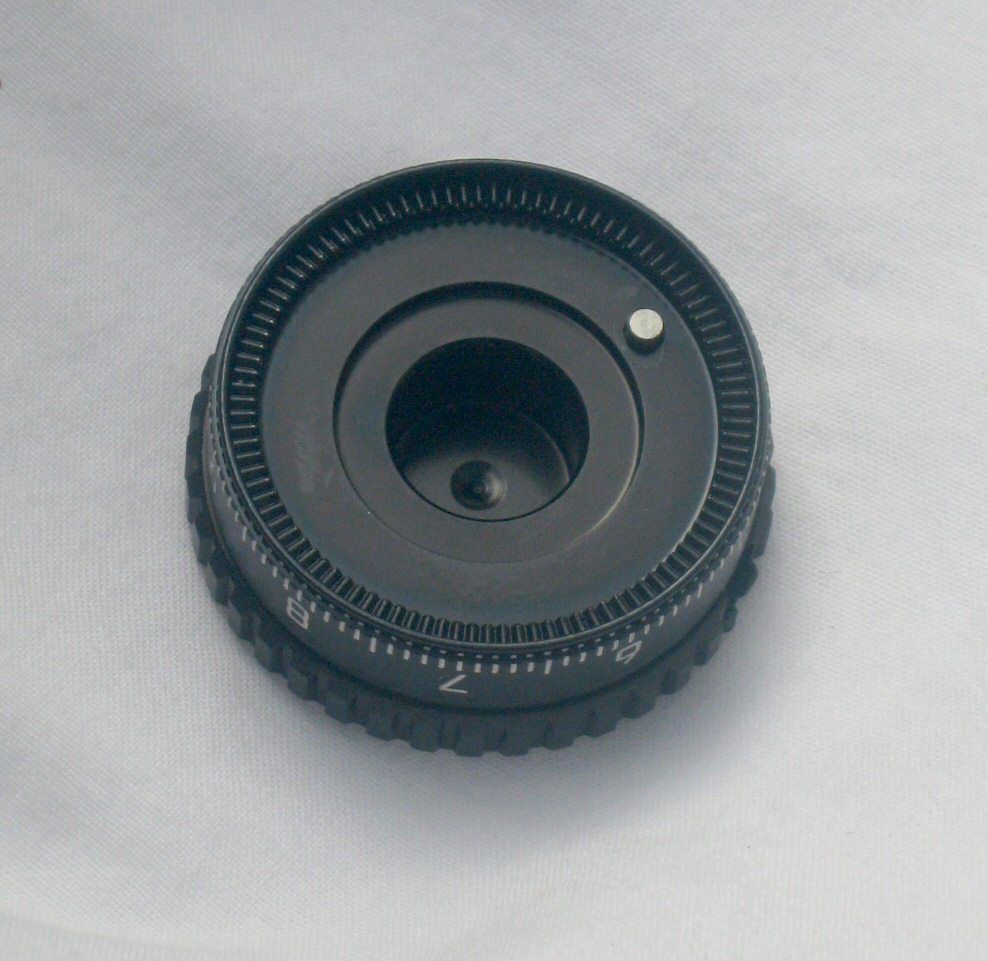




 Reply With Quote
Reply With Quote



Bookmarks